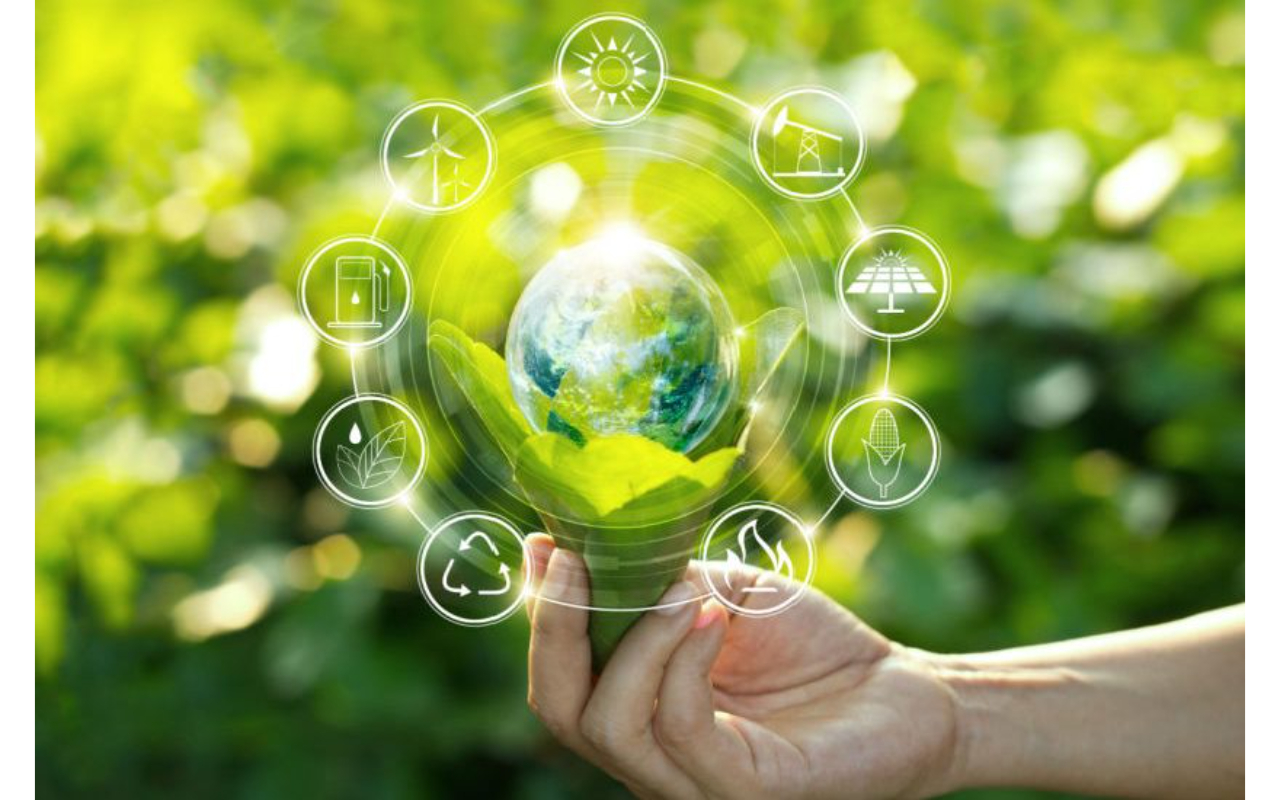In the face of escalating environmental challenges, sustainability has emerged as a critical imperative for our planet’s future. With technology advancing at an unprecedented rate, there is growing recognition that innovation and digitalization can play a pivotal role in addressing these challenges and driving sustainable development. In this blog, we’ll explore the intersection of sustainability and technology, highlighting the innovative solutions and transformative potential of technology in building a more sustainable and resilient world.
Harnessing Renewable Energy:
One of the most significant contributions of technology to sustainability is the advancement of renewable energy sources such as solar, wind, and hydroelectric power. Breakthroughs in solar panel efficiency, wind turbine design, and energy storage technologies have made renewable energy increasingly affordable, accessible, and reliable. Smart grid technologies, enabled by digitalization and Internet of Things (IoT) devices, allow for more efficient management and distribution of renewable energy, reducing waste and maximizing utilization.
Sustainable Transportation:
Technology is driving a revolution in transportation, with electric vehicles (EVs) and autonomous vehicles leading the way towards a greener future. Electric cars powered by renewable energy offer a cleaner and more sustainable alternative to traditional gasoline-powered vehicles, reducing greenhouse gas emissions and air pollution. Autonomous vehicles hold the promise of safer, more efficient transportation systems, with the potential to reduce traffic congestion, improve fuel efficiency, and optimize urban mobility.
Smart Cities and Infrastructure:
Smart city initiatives leverage technology to optimize resource use, improve efficiency, and enhance quality of life for residents. From energy-efficient buildings and smart lighting systems to intelligent transportation networks and waste management solutions, smart cities harness data analytics, sensor technology, and connectivity to create more sustainable and resilient urban environments. By integrating renewable energy, green infrastructure, and sustainable mobility solutions, smart cities are paving the way towards more livable, equitable, and environmentally friendly communities.
Circular Economy and Waste Management:
Technology plays a crucial role in transitioning towards a circular economy, where resources are kept in use for as long as possible, and waste and emissions are minimized. Advanced recycling technologies, such as chemical recycling and biodegradable materials, enable the recovery and reuse of valuable resources from waste streams, reducing the need for virgin materials and mitigating environmental impacts. Digital platforms and blockchain technology facilitate transparent and traceable supply chains, promoting sustainable sourcing, production, and consumption practices.
Environmental Monitoring and Conservation:
Advancements in sensor technology, satellite imagery, and data analytics are revolutionizing environmental monitoring and conservation efforts. Remote sensing technologies provide real-time data on environmental indicators such as air and water quality, deforestation, and biodiversity loss, enabling more informed decision-making and proactive conservation measures. Machine learning algorithms and artificial intelligence (AI) techniques analyze vast amounts of data to identify patterns, trends, and anomalies, helping to detect environmental threats and predict future environmental changes.
Conclusion:
Sustainability and technology are intertwined in a symbiotic relationship, with technology serving as a catalyst for sustainability and sustainability driving technological innovation. By harnessing the power of technology, we can overcome some of the most pressing environmental challenges facing our planet and create a more sustainable, equitable, and resilient future for generations to come. From renewable energy and sustainable transportation to smart cities and circular economies, technology offers a multitude of opportunities to build a greener world. As we continue to innovate and collaborate, let us seize these opportunities and work together towards a more sustainable and prosperous future for all.

